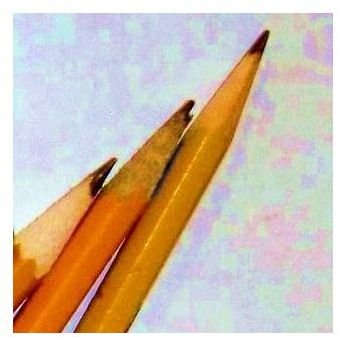Sample Rubrics for Jigsaw Strategy of Teaching
Jigsaw Assessment
Using the jigsaw method in the classroom can help students learn a great deal of content quickly. Each person becomes an important “piece of a puzzle.” Each piece of the information will need to be connected with the rest of the “puzzle” to have a full picture of the content.
Plus, students need to work together to learn the material. In addition, when the student becomes an expert on his or her piece of information, he or she must teach the rest of the group the content. In the end, the group needs to present its information to the whole class, which helps students to learn the information better.
Reasons to Create a Rubric
One way to assess a student’s work in the jigsaw activity is to use a rubric. The rubric shows students how they will be assessed before they begin the jigsaw. It also allows students to understand their deficiencies and strengths.
A few students may want to “slack” and avoid doing the work. Using a rubric will show students how to be successful and allow the teacher to assess students fairly. Plus, the teacher does not need to write notes to the student. The teacher can just circle or check the proper section.
Jigsaw Rubric
For this sample rubric, there are four levels. Each could represent a grade, or it can represent reasons why the student received the overall grade. The criteria for each level are as follows: content from text, small group information sharing, teamwork, and class presentation of information.
Level 4
- Content written in notes was correct and highlighted the important information from the assigned part of the text
- Information shared or presented to the small group was clear and concise
- Student worked as a team player in the small group to gain information and to help others
- Presentation of information to class was organized, understandable, and accurate
Level 3
- Content written in notes was mostly correct and mostly highlighted the important information from the assigned part of the text
- Information shared or presented to the small group was mostly clear and concise
- Student mostly worked as a team player in the small group to gain information and to help others
- Presentation of information to class was mostly organized, understandable, and accurate
Level 2
- Content written in notes was somewhat correct and somewhat highlighted the important information from the assigned part of the text
- Information shared or presented to the small group was somewhat clear and concise
- Student somewhat worked as a team player in the small group to gain information and to help others
- Presentation of information to class was somewhat organized, understandable, and accurate
Level 1
- Content written in notes was not correct and does not highlight the important information from the assigned part of the text
- Information shared or presented to the small group was not clear or concise
- Student did not work as a team player in the small group to gain information and to help others
- Presentation of information to class was not organized, understandable, and accurate
